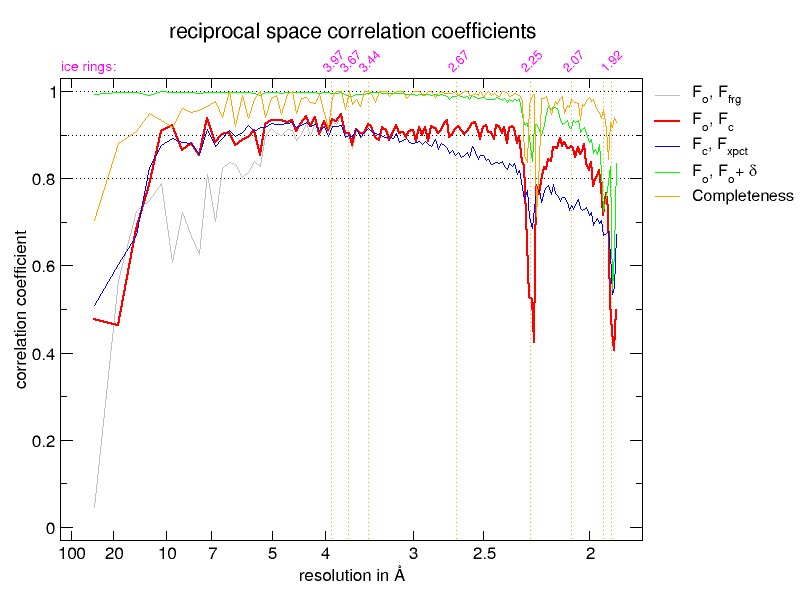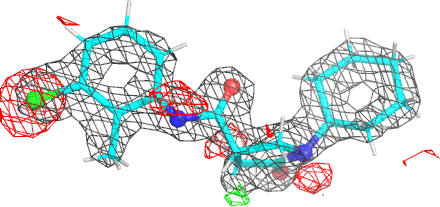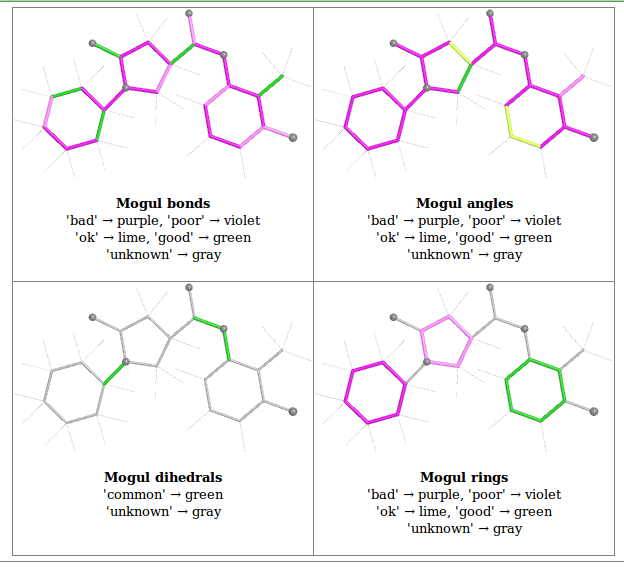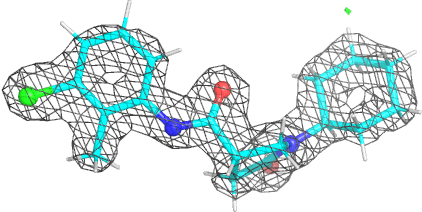buster-report
buster-report is a tool to provide clear, short reports of how a BUSTER run has proceeded, and an analysis of the final result using useful tools like Mogul and MolProbity. The prototype was released to beta consortium BUSTER users in December 2011. Following many improvements buster-report is included in the Academic version of BUSTER from May 2014.
- See http://grade.globalphasing.org/tut/erice_workshop/ for tutorials showing how to use buster-report
- Documentation for buster-report is included in the BUSTER manual
- buster-report_poster_psdi_nov_2011.pdf poster, presented at the PSDI meeting Stenungsbaden 13-15 November 2011, shows what buster-report does.
examples of buster-report output
PDB entry 2h7p ligand geometry
BUSTER difference density for the 468 ligand from PDB entry 2h7p (top). Schematic pictures providing overview of Mogul assessment of the ligand geometry (bottom). This is an example of a poor fit to the electron density and bad geometry possibly caused by use of a poor dictionary. See the full buster-report ligand page for 2h7p before refinement for more detail. |
BUSTER re-refinement using a grade dictionary produces a much better result. Electron density for the ligand is very clear with ring puckers clearly indicated. Animated density pictures are automatically produced by buster-report using PyMOL. Re-refinement clears all the Mogul validation issues. See the full report at full buster-report for 2h7p re-refinement After seeing this analysis Stroud and co-workers have deposited a corrected 4tzt structure in the PDB that has good ligand geometry and fit to ED. |
PDB entry 2xt0 X-ray data has serious ice ring contamination problems
 |
| Further details at full buster-report for 2xt0.pdb |
| The RecSCC plot is useful in diagnosing many collection or integrations problems. See "How to interpret the BUSTER reciprocal space correlation coefficients plot" BRrecipCCplot/NewBusterCCplotmaterial.pdf for a guide |
Original version 05 Dec 2011, last revised July 2015. Address problems, corrections and clarifications to buster-develop@globalphasing.com


